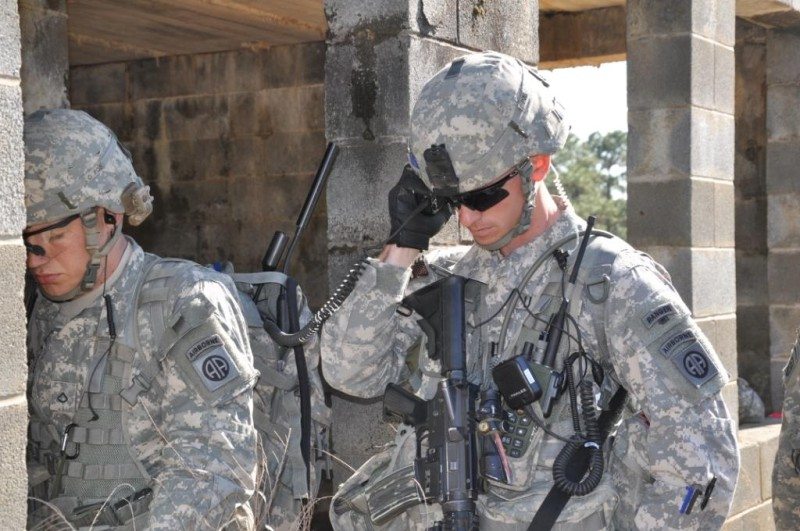Office of Naval Research (ONR) officials announced a new program Oct. 22 to optimize tactical handheld technology for quick decision-making in the field. The Exchange of Actionable Information at the Tactical Edge (EAITE) program, designed to sift through data from multiple sources for faster analysis, is among more than a dozen Future Naval Capability (FNC) programs kicking off in fiscal year 2014.
ONR Director of Transition Dr. Thomas Killion explained the need for the program-and how it benefits both the U.S. Navy and industry-during an FNC overview at the 2012 ONR Naval Science and Technology Partnership Conference.
“EAITE gives the U.S. Navy a means to build on industry advances in mobile technology and cloud computing to develop and ultimately transition a cutting-edge product to acquisition managers and ultimately the warfighter,” Killion said.
Currently, information feeds from sensors and other assets flow into command centers, where intelligence analysts make sense of the material before it is shipped down to lower echelon troops.
This process can take hours or even days. Complicating the situation, access to many more data sources and advanced analytic technology could threaten Marines with information overload.
EAITE aims to cut that delivery time down to minutes or even seconds by using automation to sift through data and send only the most relevant information to Marines operating handheld devices, said John Moniz, C4 program officer in ONR’s Expeditionary Maneuver Warfare and Combating Terrorism Department.
“We want to figure out what we can automate and how we go about automating it so we can take all of these various sources of data and create something that can immediately be used by the end-user,” Moniz said.
Under EAITE, researchers will develop firmware and software to distill imagery and information from unmanned aircraft feeds and other sources, efficiently move it over a tactical network and present it in an immediately understandable form to decision-makers on the battlefield.
Trimming the so-called “data to decisions” timeline down to minutes would be a drastic improvement, but researchers know there are situations when Marines need critical information even sooner.
“We would like to have some sort of warning that tells them when something that could put them in danger is getting close, and we need to get that to them in seconds,” Moniz said.
In addition to EAITE, the new crop of FY14 FNC initiatives includes:
- a gel-wound cover for managing blast injuries in forward locations;
- real-time detection and assessment of traumatic brain injury in theater;
- an undersea weapon system that can autonomously neutralize surface and subsurface threats in shallow and intermediate waters; and
- surveillance tools for unmanned aircraft that can autonomously detect improvised explosive device precursors and hidden targets.
In general, the FNC program’s goal is to match solutions with acquisition requirements to close warfighting gaps within five years.










